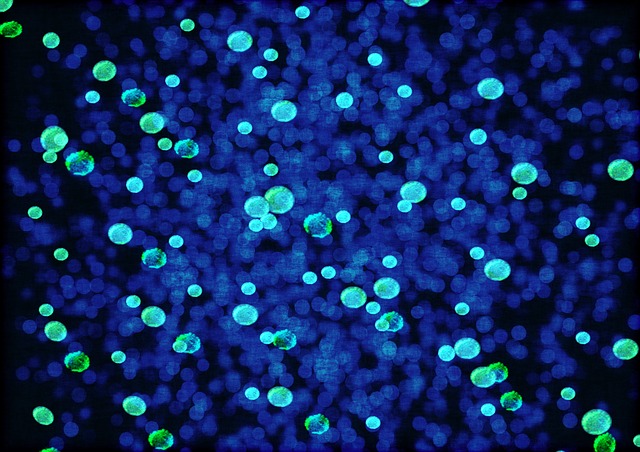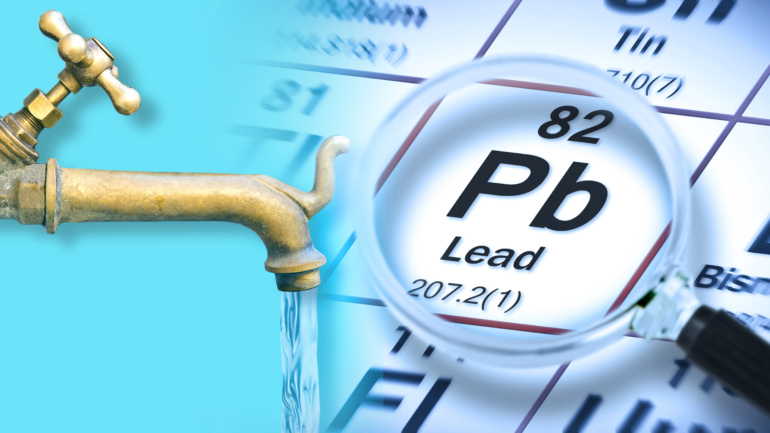By Hoang-Nam Vu, Publishing Staff Writer & Researcher for Save The Water™ | June 30th, 2018
Chemical Water Contaminants
A great number of water contaminants are chemical in nature, including pesticides, toxic metals, drugs, and various pharmaceuticals. Detecting these chemicals can involve the use of specific metals, accompanying chemical sensors, or biosensors, among other solutions. In many instances, these solutions, have been optimized to be cost-effective and efficient. As recent news has indicated, there is a realization for sensors of biological water contaminants to be a solution.
Biological Water Contaminants and Risks
Biological contaminants, unlike chemical ones, can carry diseases in addition to the unique set of health risks each individual contaminant already carries. The most prominent water-borne, pathogenic bacteria include Legionella, a bacteria commonly found in the environment that can induce a type of pneumonia known as Legionnaires disease if aerosolized and inhaled.1 Enteroviruses, small viruses, such as polioviruses, are capable of causing disease in humans ranging from gastroenteritis to meningitis.1 Some other microorganisms identified by the Environmental Protection Agency (EPA) as regulated by the National Primary Drinking Water Regulations (NPDWR) are Cryptosporidium and Giardia lamblia, both capable of inducing gastrointestinal illness (such as diarrhea, vomiting, and cramps).2 Furthermore, many other microorganisms often found in water can indicate local water contamination, even though those microorganisms may not be the exact source of that contamination. This includes, namely, coliforms, such as E. coli., many of which are naturally present in nearly all aquatic environments.2
Common Detection Techniques
The detection of biological contaminants is an important step towards cleaning our drinking water and eliminating the adverse health risks associated with polluted water. One of the most common techniques used to detect and identify biological contaminants in aquatic environments is the evaluation of a heterotrophic plate count, or HPC. A heterotrophic plate count is a measure of the total number of heterotrophic bacteria, indicating they cannot produce their own organic energy sources, in a water sample. While it does not directly indicate whether the bacteria are harmful or harmless to humans, it “serves as an indicator of the cleanliness of the raw water and treatment processes.”3 However, this technique, when used to accurately determine the contamination of a water source, can take up to seven days for bacterial incubation, delaying the rate at which contaminated water sources can be identified. Furthermore, the process requires a wide range of lab equipment, available to very few, and requires additional time to transport water samples between locations This transportation makes the process relatively inefficient when it comes to quick identification. Indeed, many other techniques often used to accurately identify bacterial contamination in aquatic environments involve complex lab techniques. Such as one consisting of “accelerated transportation to, and focusing of bacteria on, the detection surface by means of alternating current (AC) electrokinetic effects, selective capture of the target microorganism using surface-immobilized antibodies, and sensitive detection of target bacteria with micro-Raman spectroscopy.4 Generally, many common methods used to gauge biological contaminants in localized water sources are expensive, complex, and available to very few. This makes a cost-effective, easily-accessible, efficient, and accurate method very desirable.These needs have led to new forms of technology, including a sensor linked to what seems to be a household staple in today’s day and age: the smartphone.
New Detection Technologies
This new smartphone sensor uses DNA-magnetic particle technology, which involves the addition of miniscule, magnetic particles designed to seek out specific bacteria to a water source. After inserting a sensor strip into the water sample that attracts the DNA-magnetic particles and inserting that strip into a device controlled by an app available on smartphones, that device will take an electrochemical measurement to detect any bacteria in the water sample.5 This process, by targeting a single type of bacteria, eliminates many additional pretreatment steps often needed to filter a water sample. This includes the filtration of water samples often needed in optical techniques, mainly involving the detection of changes in colour or fluorescence of organisms in a water sample. This helps to save time, as well as provide an efficient solution to identify water contaminants. Another technology, a chip used with a light microscope for optical detection, was recently developed at the University of Massachusetts Amherst.6 Over the summer of 2017, it was “adapted for possible home use with a smartphone microscope adapter that is widely available online for about $30.”6 Like the previously mentioned smartphone sensor, this chip saves time in the process of detecting biological contaminants in water sources, while also alleviating the hefty technological needs associated with many commonplace methods in the present day.
Future Goals for Detection Technology
While these new technologies work to make the detection of water pollution by microorganisms cheaper and easier to facilitate, they still hold various flaws. For example, the implements associated with each of the two aforementioned new technologies are yet to be adapted for commercial availability. So, while the use of a smartphone app may be available to many, the use of DNA-magnetic particle technology is still yet to be available to the same people. That being said, the continued development of easy-to-use, commercially-available, efficient, and accurate detectors of biological contaminants in water sources on par with detectors of chemical contaminants is something to be excited about.
References:
- Woodie, M. (July 31, 2014). “Bacteria and Viruses Commonly Found in Drinking Water.” Water Technology. https://www.watertechonline.com/bacteria-and-viruses-commonly-found-in-drinking-water/
- Environmental Protection Agency. September 29, 2016. “Types of Drinking Water Contaminants.” United States Environmental Protection Agency. https://www.epa.gov/ccl/types-drinking-water-contaminants
- Deininger, R.A, Lee, J. (2005). “Rapid Detection of Bacteria in Drinking Water.” Modern Tools and Methods of Water Treatment for Improving Living Standards, NAIV (48), 71-78. https://link.springer.com/chapter/10.1007/1-4020-3116-5_4
- Liao, D.S. et al. (2015). “Fast and sensitive detection of bacteria from a water droplet by means of electric field effects and micro-Raman spectroscopy.” Sensing and Bio-Sensing Research, https://www.sciencedirect.com/science/article/pii/S2214180415300209
- Fapyane, D. “Smarphone Sensor Can Detect Dirty Water.” Water Treatment. https://thewaternetwork.com/_/water-treatment/article-FfV/smartphone-sensor-can-detect-dirty-water-E26F5QD76aswMlq1HlyQ5w
- (January 23, 2018). “Low-cost tool for detecting bacteria in food, water.” Science News. https://www.sciencedaily.com/releases/2018/01/180123235119.htm




